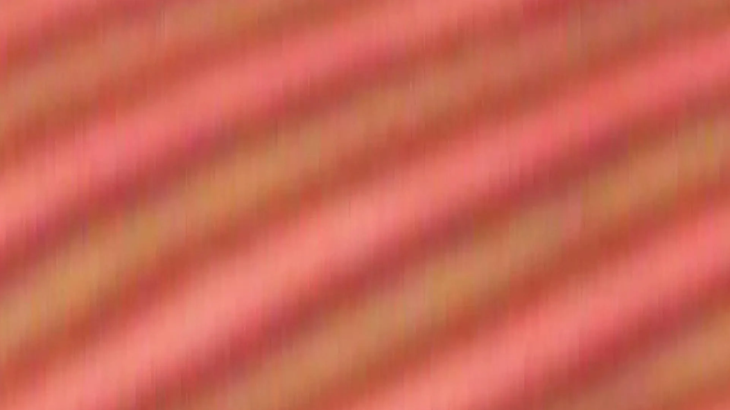
Stripes observed in a time crystal under a microscope - Photo: Nature Materials
According to the science page Science Daily, scientists at the University of Colorado Boulder (USA) have successfully developed a new form of "time crystal" that can be observed directly under a microscope, even under special conditions that can be seen with the naked eye.
Unlike regular crystals which are arranged spatially, time crystals are a special state of matter in which components such as atoms or molecules continuously oscillate, moving in cycles without the need for energy to maintain them, like a clock that runs forever.
This idea was proposed by Nobel Prize-winning physicist Frank Wilczek in 2012, and only now do experimental versions of the concept exist.
Although this is not the first time crystal to be created, this invention is the first one that humans can actually see, which could open up many application opportunities.
In a study published on September 4 in the journal Nature Materials, the team of Professor Ivan Smalyukh and graduate student Hanqing Zhao used liquid crystals - materials commonly used in phone screens - to create time crystals, arranged into endlessly repeating swirling patterns when illuminated.
“With just a flash of light, a whole world of time crystals appears. They can even be observed with a microscope, and under special conditions, with the naked eye,” the team said.
In the experiment, scientists placed a liquid crystal solution between two glass plates coated with dye molecules. When illuminated, the dye molecules changed direction, affecting the liquid crystal, forming thousands of “knots” and starting to move in a repeating cycle.
Under a microscope, this phenomenon creates vibrant, streaky patterns that can last for hours.
Remarkably, these crystal samples maintained their motion even when the temperature changed, indicating high stability.
According to the authors, this new technology has the potential to be exploited and applied in a variety of fields. For example, the government could integrate time crystals into banknotes to prevent counterfeiting: just by shining light, a characteristic “time stamp” will appear.
Additionally, stacking multiple time crystals could help create complex patterns, paving the way for methods of storing large amounts of digital data.
“We don’t want to limit the potential applications right now. I think there are a lot of opportunities to take this technology further in many directions,” Professor Smalyukh emphasized.
Source: https://tuoitre.vn/lan-dau-tao-ra-tinh-the-thoi-gian-co-the-quan-sat-bang-mat-thuong-20250908124159946.htm


![[Photo] Prime Minister Pham Minh Chinh chaired a meeting to discuss solutions to overcome the consequences of floods in the central provinces.](https://vphoto.vietnam.vn/thumb/1200x675/vietnam/resource/IMAGE/2025/10/29/1761716305524_dsc-7735-jpg.webp)
![[Photo] Prime Minister Pham Minh Chinh chaired a meeting to evaluate the operation of the two-level local government model.](https://vphoto.vietnam.vn/thumb/1200x675/vietnam/resource/IMAGE/2025/10/29/1761751710674_dsc-7999-jpg.webp)

![[Photo] Hue: Inside the kitchen that donates thousands of meals a day to people in flooded areas](https://vphoto.vietnam.vn/thumb/1200x675/vietnam/resource/IMAGE/2025/10/29/1761738508516_bepcomhue-jpg.webp)
![[Photo] Human love in the flood in Hue](https://vphoto.vietnam.vn/thumb/1200x675/vietnam/resource/IMAGE/2025/10/29/1761740905727_4125427122470875256-2-jpg.webp)

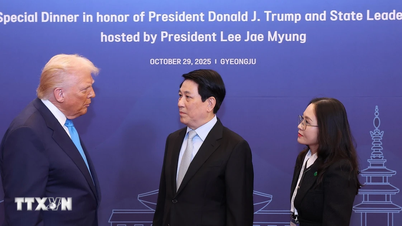



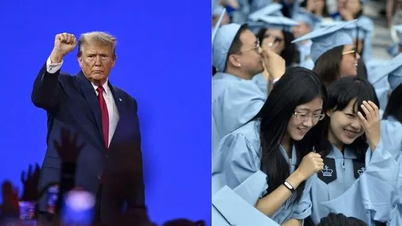

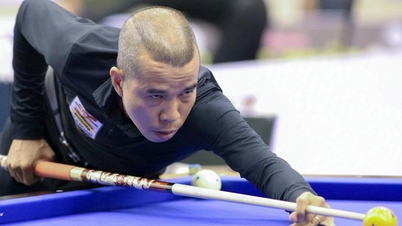

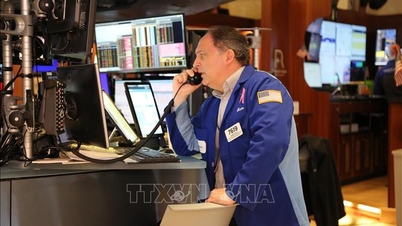


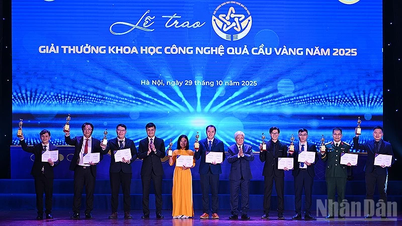
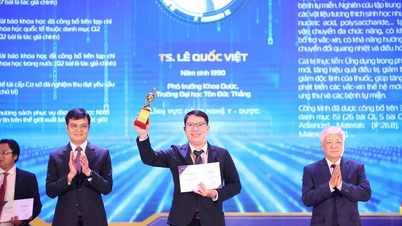



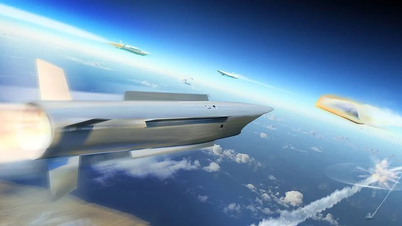






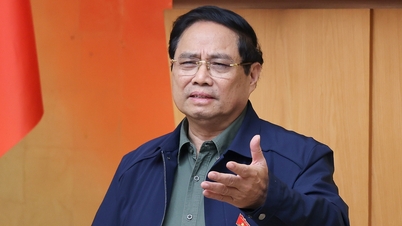
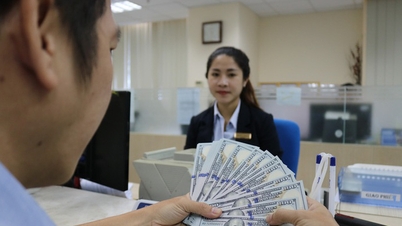

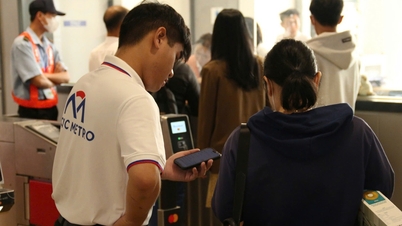
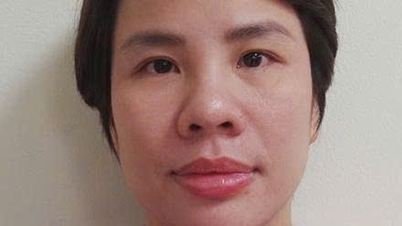




































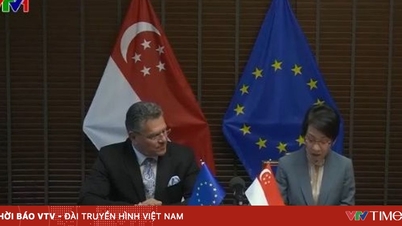
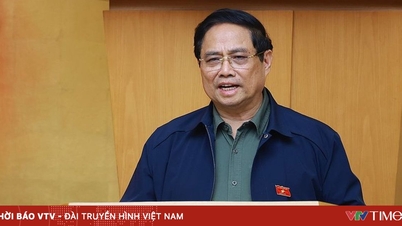
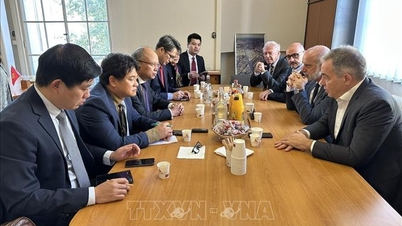
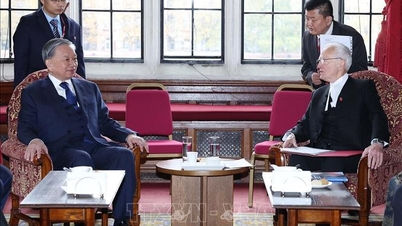
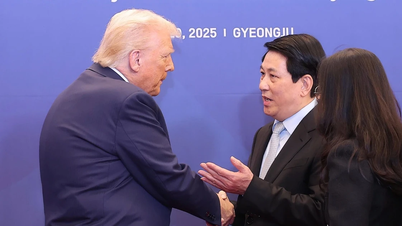
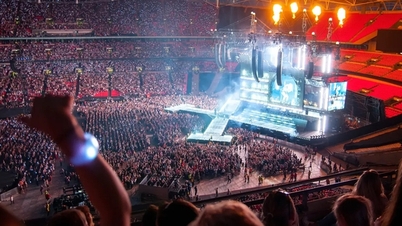

![[Live] Concert Ha Long 2025: "Heritage Spirit - Brightening the Future"](https://vphoto.vietnam.vn/thumb/402x226/vietnam/resource/IMAGE/2025/10/29/1761743605124_g-anh-sang-am-thanh-hoanh-trang-cua-chuong-trinh-mang-den-trai-nghiem-dang-nho-cho-du-khach-22450328-17617424836781829598445-93-0-733-1024-crop-1761742492749383512980.jpeg)

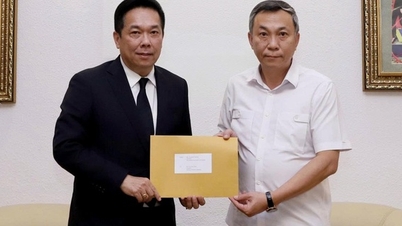



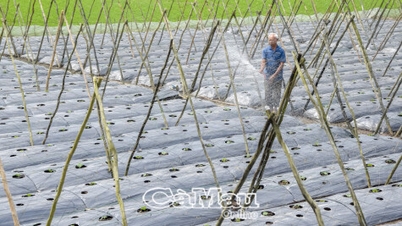

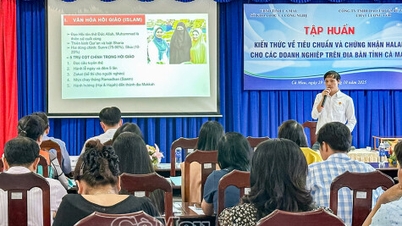



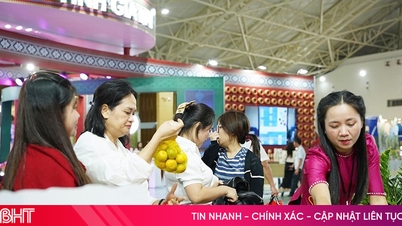















Comment (0)